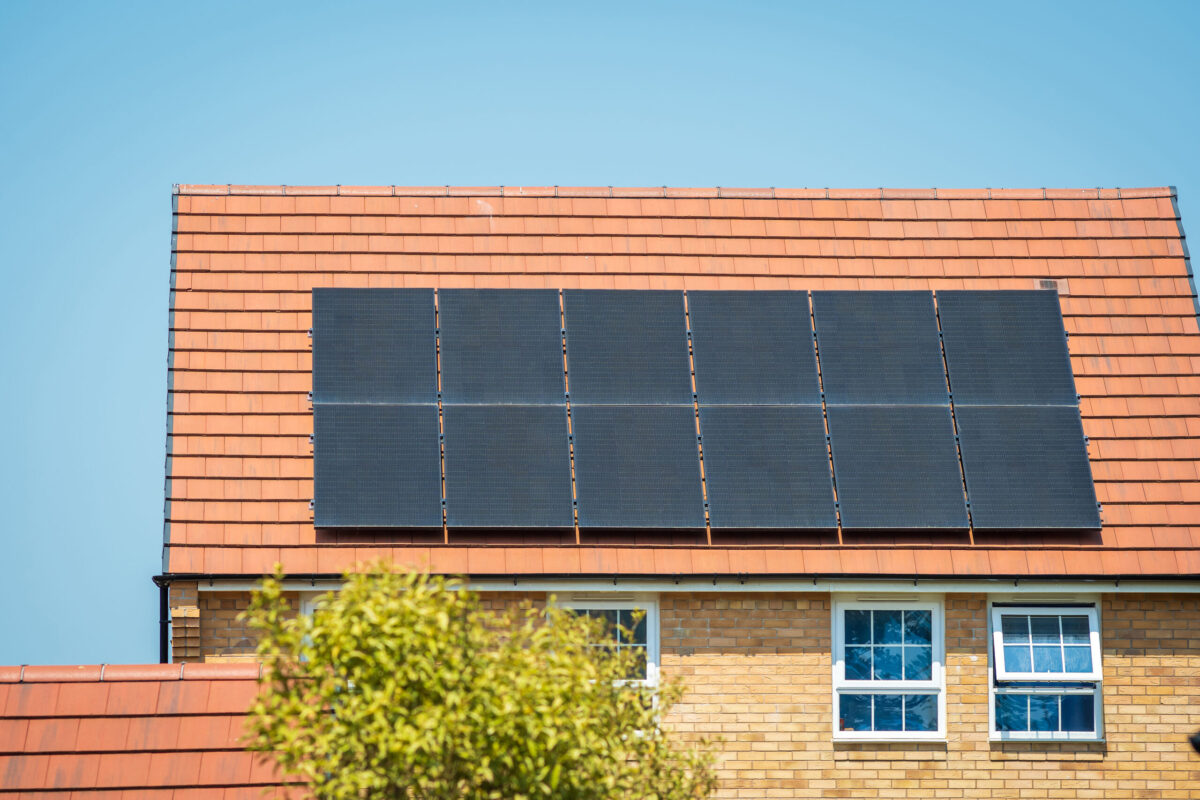Solar Panel Installation – A Step-by-Step Guide


This blog was written by Maddison White, a Year 10 student who joined The Little Green Energy Company for a week of work experience. She wanted to help more people understand what it’s actually like to go through the solar panel installation process — and we think she’s done a brilliant job.
See what you think!
Solar Panel Installation – A Step-by-Step Guide
By Maddison White (Year 10 Work Experience Student)
Solar panels are one of the smartest investments you can make for your home. They reduce your carbon footprint, increase your property value, and lower your energy bills. But if you’ve never had them installed before, the process might seem confusing or overwhelming.
In this blog, I’ll walk you through what to expect – step by step – during a typical domestic solar panel installation.
Step 1: Home Assessment
Before anything is installed, a qualified surveyor or engineer will visit your home to assess your property. This ensures that everything goes smoothly on installation day.
They’ll check:
- Roof condition – Is it strong and suitable for panels?
- Available space – How many panels can fit?
- Structure – What’s the best layout?
- Electrical setup – Are upgrades needed?
- Shade – Are there any trees or buildings blocking sunlight?
This step is all about making sure the system works efficiently for your home.
Step 2: System Design & Quotation
Next, the installer creates a custom design for your solar system. This includes:
- Panel layout
- Inverter type and location
- Expected energy savings
- Battery options (if needed)
- Full cost breakdown
You’ll receive a quote and a contract to review, which should also list:
- Product and performance warranties
- Workmanship guarantees
- Payment terms
Step 3: Paperwork & Permissions
In the UK, most residential solar systems fall under permitted development, so you usually won’t need planning permission. But your installer still needs to:
- Notify the Distribution Network Operator (DNO)
- Ensure everything complies with building regulations
- Register your system with the Microgeneration Certification Scheme (MCS)
Don’t worry, the installer will handle all of this on your behalf.
Step 4: Installation Day
Installation usually takes 1 to 3 days, depending on the complexity. The steps include:
- Setting up scaffolding for roof access
- Attaching the mounting system
- Installing the solar panels
- Wiring the inverter and electrical components
- Connecting battery storage (if applicable)
- Final safety and performance checks
Once everything is tested, your system is connected to your home’s electricity supply, and you’re ready to generate clean energy!
Step 5: Handover & Documentation
After installation, you’ll receive a handover pack that includes:
- MCS certificate
- Electrical installation certificate
- DNO confirmation
- Maintenance info
- Login details for your system monitoring app (if applicable)
Keep these documents safe, you’ll need them for warranties, property sales, or applying for Smart Export Guarantee payments.
Helpful Questions to Ask Your Installer
- What is the total system output (in kWp)?
- Are you MCS certified?
- Can I upgrade to battery storage later?
- What warranties are included?
Remember, no question is too small, good installers are always happy to help.
Final Thoughts
Solar is more than just panels, it’s a process that involves planning, teamwork, and trust. Hopefully, this guide helped you feel more confident about what to expect.
Want to learn more?
We offer free quotes and personalised advice to help you make the switch to solar. Contact us today to get started.


